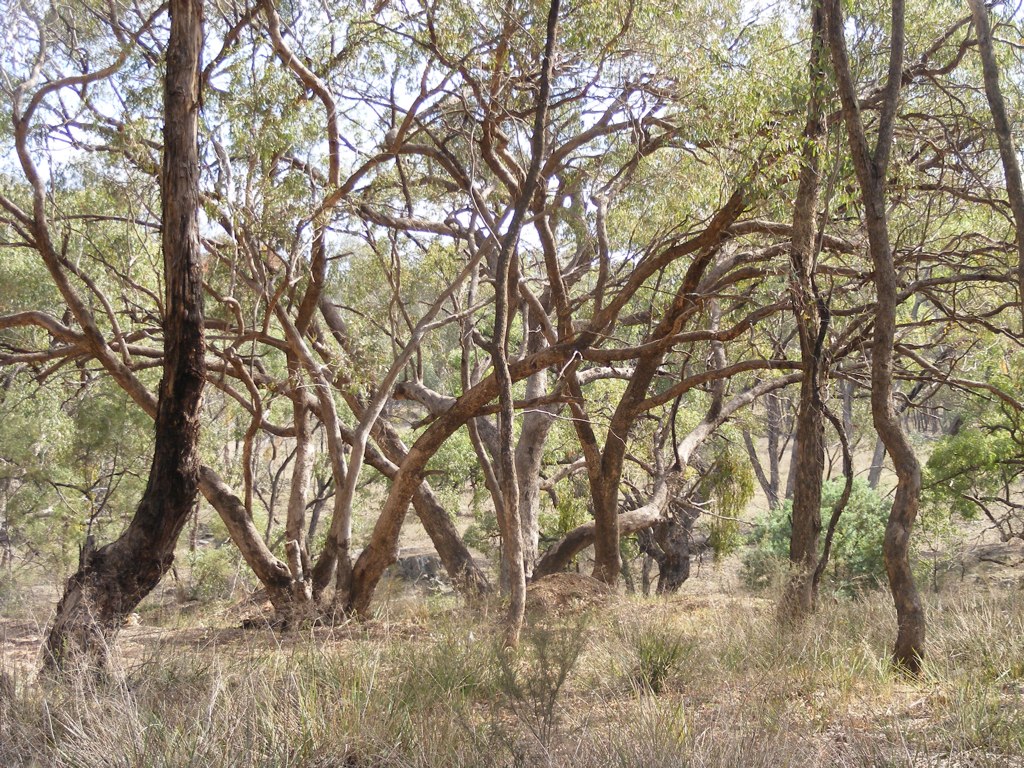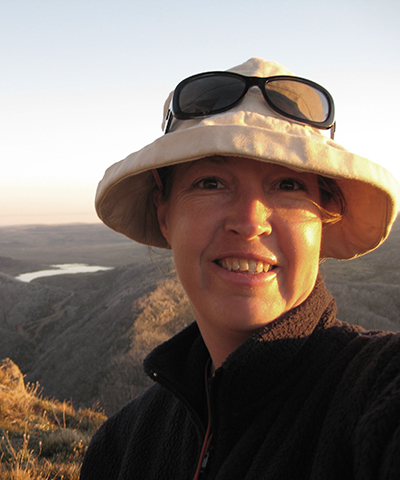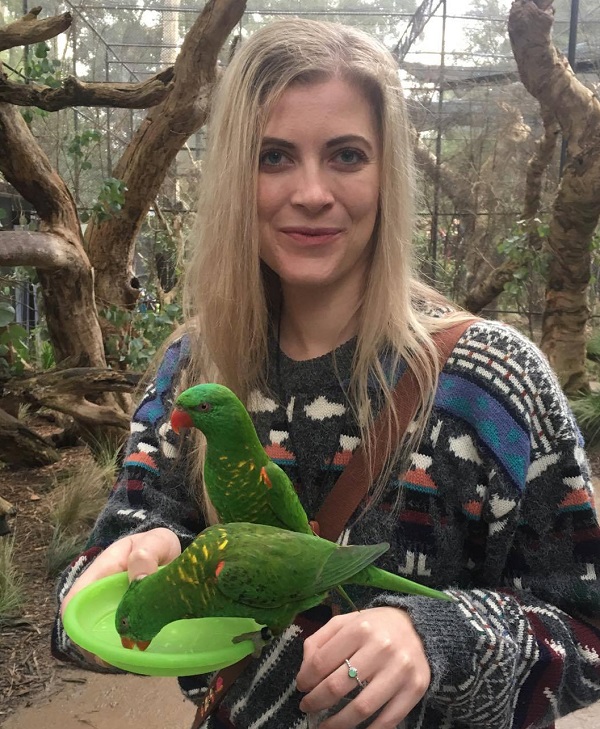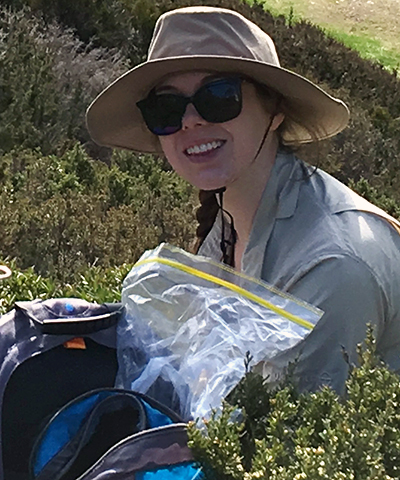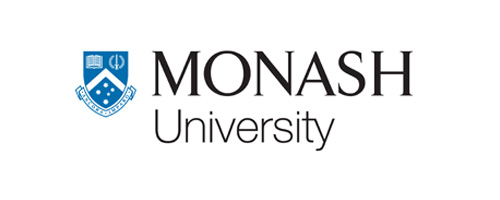
Project: 1.2.3
Supporting alpine peatland recovery by prioritising action on threats
Project Leaders: Joslin Moore
Research in Brief
Alpine peatlands are an endangered ecological community in Australia and are critical habitat for a large number of threatened species. They are subject to a wide variety of interacting threats that vary greatly across the landscape. Managing and recovering alpine peatlands is hampered by a lack of knowledge about how different alpine peatlands respond to different management interventions.
This project will identify where and how to manage the different threats to alpine peatlands to aid recovery efforts. It will also identify critical gaps in our knowledge of alpine peatland ecology and recovery, which can direct future research and monitoring effort to where it is most needed.

Alpine peatland in Victoria. Photo: Kate Gi ljohann
Why is research needed?
The ‘Alpine sphagnum bogs and associated fens’ community (alpine peatlands) is listed as an endangered Threatened Ecological community under the Environmental Protection and Biodiversity Conservation Act. It is essential habitat for numerous threatened and endangered species including four species of frogs, three lizard species as well as galaxiid fish.
Alpine peatlands are threatened by a wide variety of processes including introduced animals and weeds, hydrological disturbance, climate change and increased fire frequency that all vary in their intensity across the landscape. We have a good understanding of how alpine peatland vegetation is structured, but we know very little about how they respond to management, and which management actions are effective, making it difficult to develop recovery plans for peatland conservation. Similarly, while saturated soils are a defining element of peatlands, there is little information on how peatland hydrology is impacted by threats or how it responds to management.
Limited resources mean that trade-offs must often be made when deciding which threats to manage and where, and gaps in our knowledge make this process even more difficult.
How will the research help?
This project will develop a new decision framework to support systematic planning for alpine peatland recovery and conservation. Improving the management of peatlands is expected to have flow-on benefits for numerous threatened and endemic species that inhabit these areas.
The decision framework will allow managers to quantify changes in peatlands condition over time and to objectively evaluate the results of management strategies.
The team is collaborating with Parks Victoria who are actively seeking to develop an integrated peatlands management strategy.
Once developed, the decision framework and monitoring strategy could be adapted to sub-alpine and alpine peatlands in other states and territories or to other habitats or locations where agencies are seeking to balance investment in multiple threatening processes.

Willow infestation in an alpine peatland. Photo: Parks Victoria
What research activities are being undertaken?
- Work with Parks Victoria to identify key management objectives and critical threats to alpine peatlands.
- Develop a suite of ecological models that describe our understanding of how peatlands respond to the management of the different threats.
- Develop a model of peatland condition that reflects Parks Victoria staff’s experience and describes the key attributes that they use to informally assess peatland condition and determine management actions.
- Fieldwork to validate the model. Once validated, the model can be used to trigger management decisions for individual peatlands or groups of peatlands.
- An extensive survey of water chemistry and other hydrological properties of peatlands, which will allow hydrological properties to be linked to peatland condition and for key hydrological properties that are suitable for long term monitoring to be identified.
- A decision analysis that combines the ecological models, threats, cost and effectiveness of management actions to identify an integrated system-wide management strategy.
- Identify critical knowledge gaps required to improve management decisions and provide a basis for the development of a long term research strategy.
Who is involved?
The research is led by Monash University, who are collaborating with Parks Victoria, who manage the majority of alpine and sub-alpine peatlands in Victoria.
Where is the research happening?
The research is being undertaken across the Victorian Alps including, within the following National Parks: Snowy River, Alpine, Mount Buffalo, Baw Baw, Yarra Rangers, and at Avon Wilderness Park.
When is the research happening?
The project began in 2016 and will run until mid 2021.
joslin.moore@monash.edu
Top image: Alpine wetland in Victoria. Photo: Kate Giljohann
